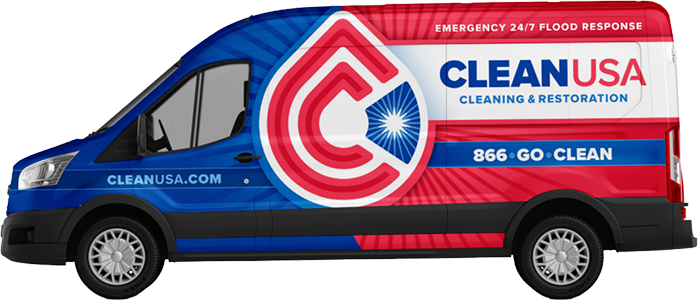What I’ve learned over the past few weeks is that what kind of problem you have works best to be cleaned up by the right prespray. Most presprays in the marketplace work well for most situations BUT not all, and we don’t want you to use the wrong one then just get more frustrated.
There are 3 different types of chemicals in prestrays: Surfactants, solvents, and enzymes. Each one plays its own pivital role in the clean up process and what they clean up best.
Surfactants:
These are the foamy ones. There are 4 types of surfactants: Anionic, cationic, amphoteric, and nonionic. Each has its own way of working. They usually are foaming, surface tension lowering, wetting, soil suspension, and emulsificaion. The problems with them is that they can sometimes leave a sticky residue, leafing to the thought of resoiling.
Because that can happen, here are some tips to follow:
- don’t use more then the recommended.
- If you think of something that might work great with a product, make sure to contact the manufacturer to make sure that it will work.
- Low foaming products are more popular then ever. Don’t freak out if your used to a ton of foam. The lack of it doesn’t mean something is wrong but it does make an easier process for extraction.
Solvents:
These are the ones you put into something to make something else, usually water. The whole point of them is to dissolve. There are polar (dissolve in water) and non-polar (dissolve in oil) solvents. Most solvent presprays have specific blends to attack specific soil types.
Solvents have had their share of attention. Some can cause an oder, health issues, air polution, and fire hazzards. To help fight these issues it is best to use a solvent that is very water soluble and easily biodegrateable.
Enzymes:
These are in most presprays, they are the scissors that help cut up and break apart the soil and help make it easier to clean. They are relatively safe because they are non-corrosive, don’t generate ozone, and are naturally derived.
Though there are a few tips on proper use I can offer.
- Enzymes tend to be fussy. They need the optimal conditions to work their best.
- They don’t have a schedule to work with, so they like to take their time.
- They can be irritating. Use a mask when spraying and/or try to avoid breathing it in. Its just an enzyme, they don’t know the difference between a soiled carpet and your lungs.
IF YOU HAVE ANY SPECIFIC QUESTIONS ABOUT A PRODUCT, PLESE CONTACT THE MANUFACTURER FIRST.
So make sure that you know your stain so you know what prespray to use. Don’t want you in a situation that you get even more frustrated. BUT if you do get there, or need any help, contact us, Clean USA, we’re always here for free quotes and help.
Cite: Mike Kerner: http://www.cleanfax.com/articles/104891-choices-in-chemistry




